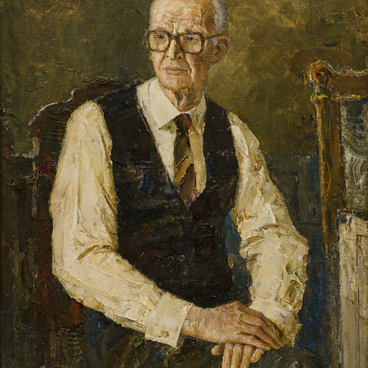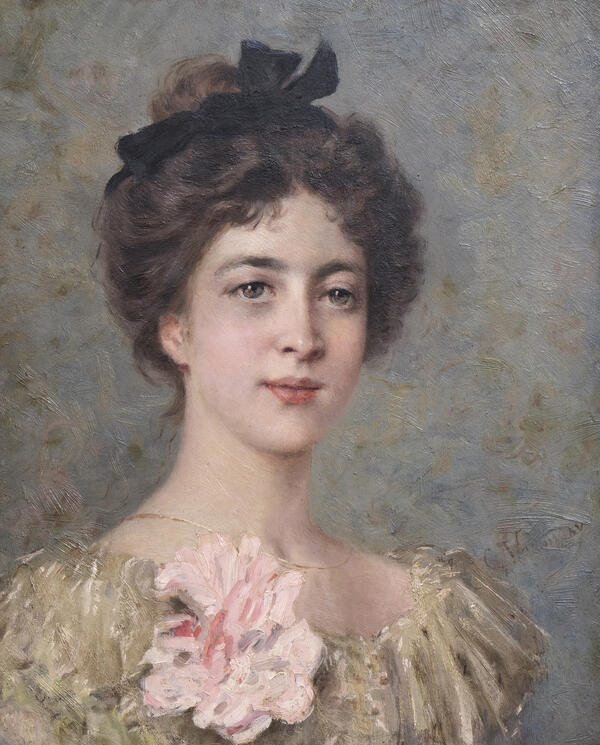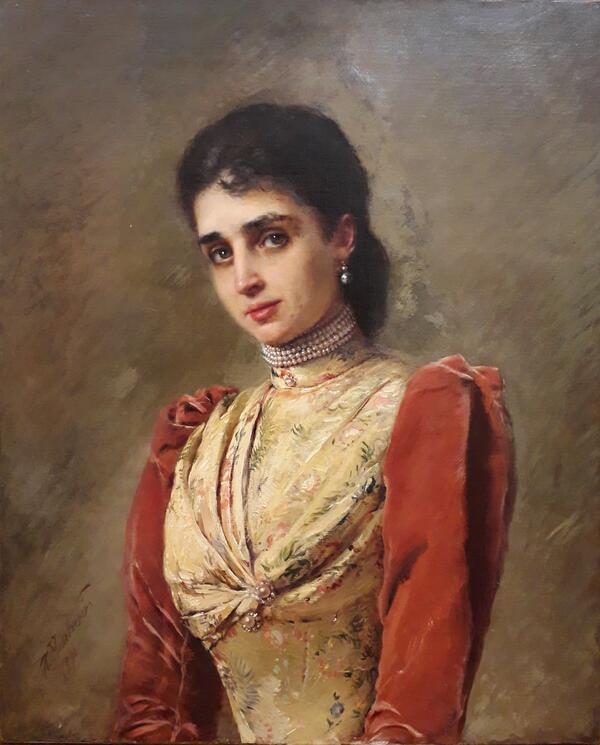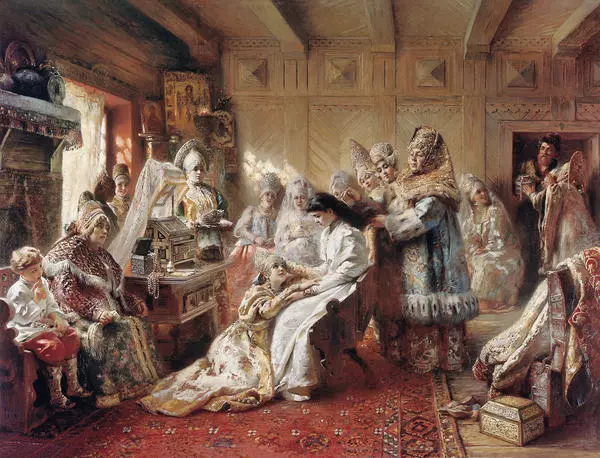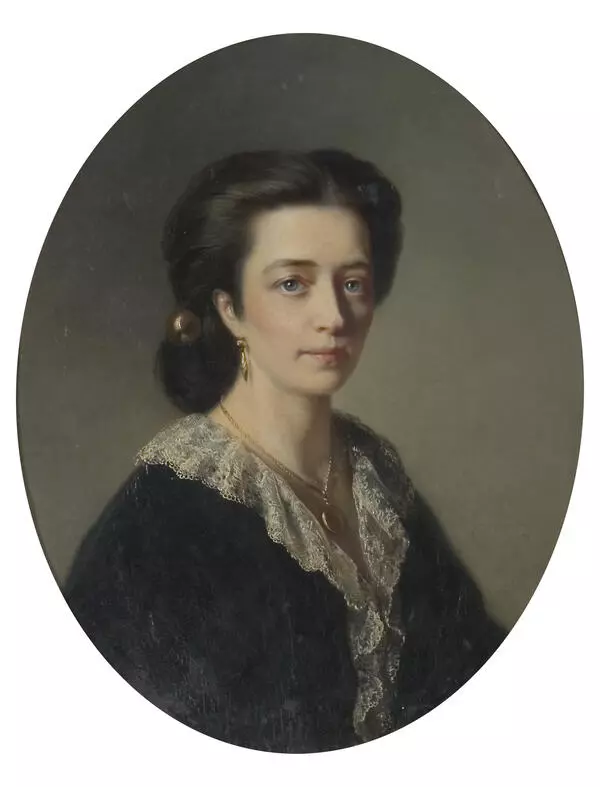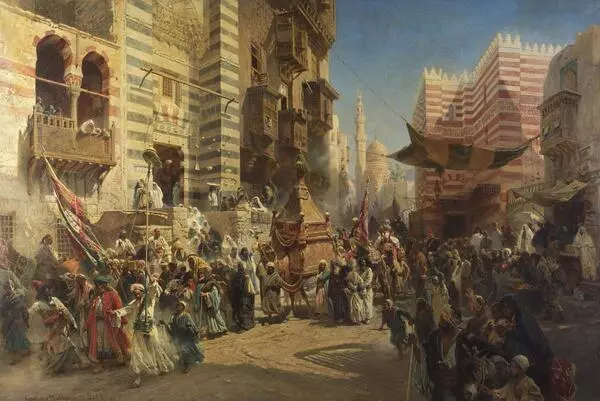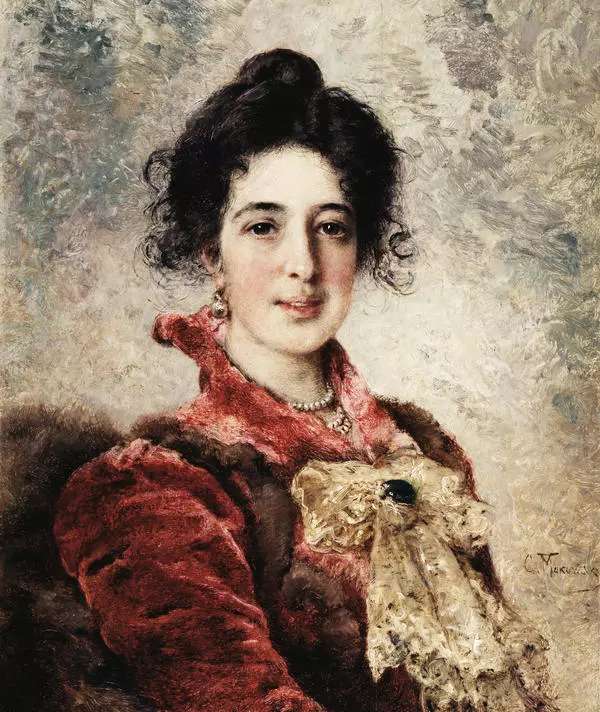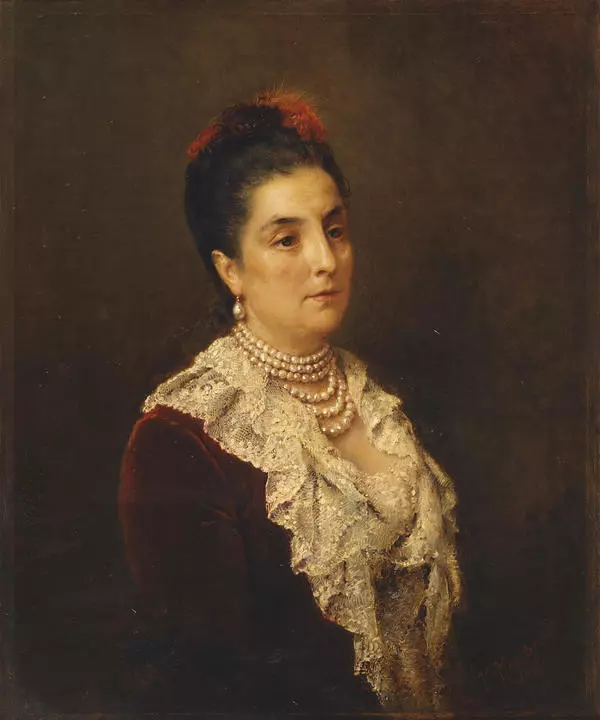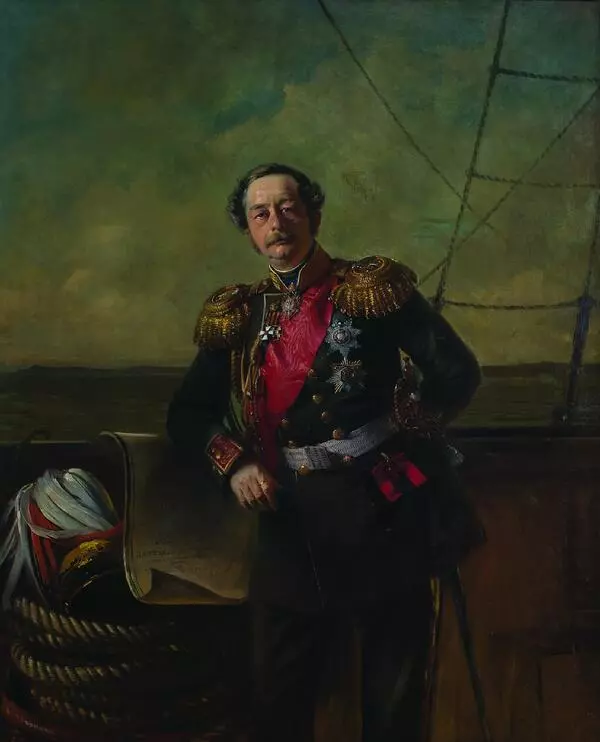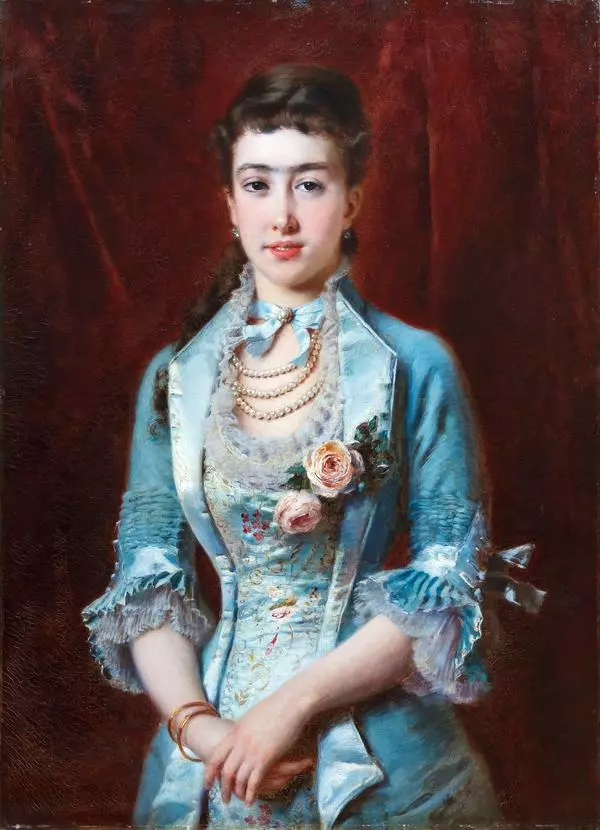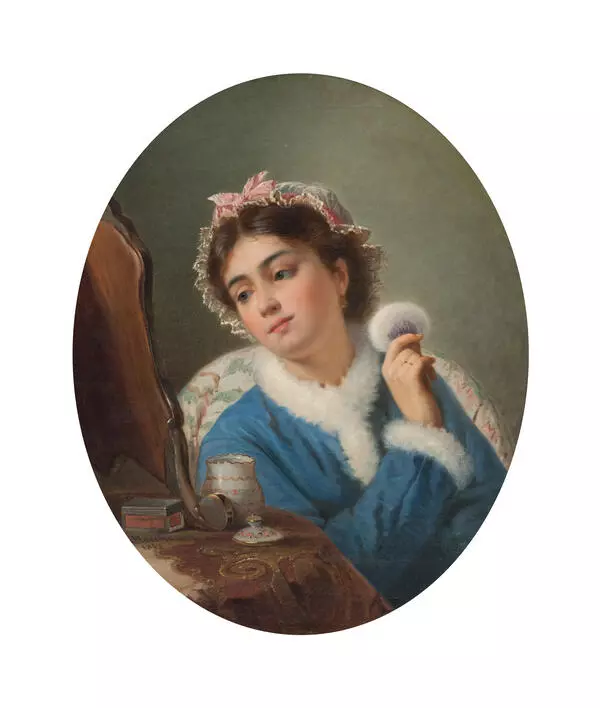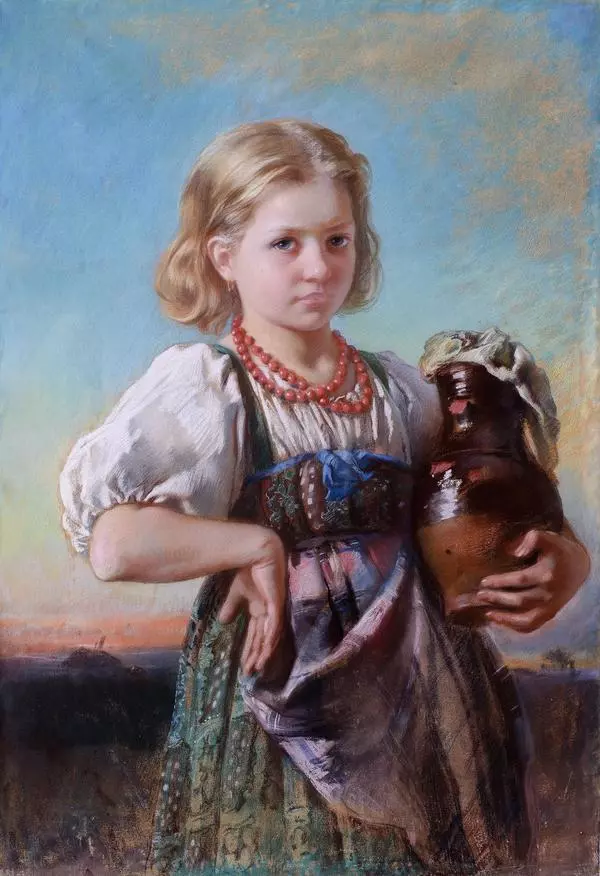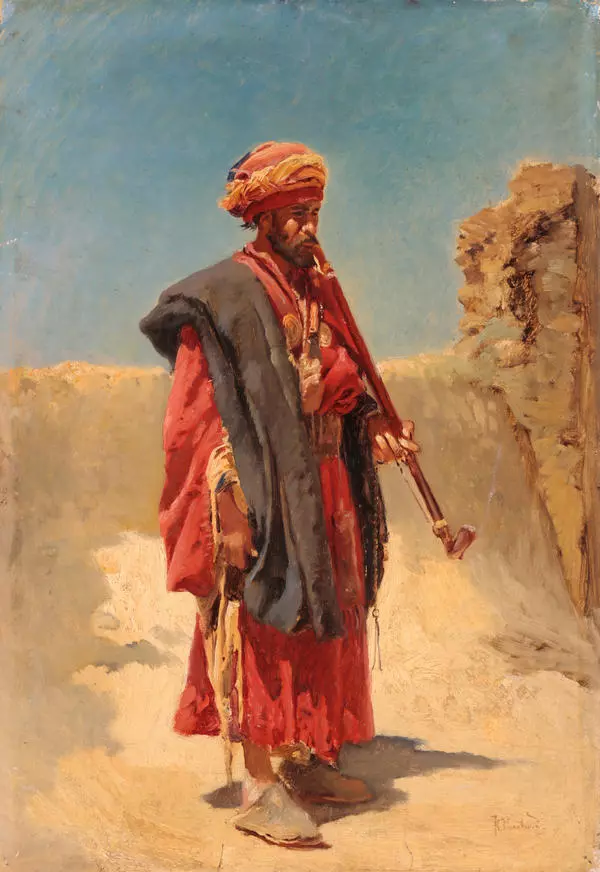The Makovskys were often visited by the school tutors and famous artists, such as Karl Bryullov, Vasily Tropinin, and Sergey Zaryanko.
Makovsky started his academic education at the Moscow School of Painting, Sculpture and Architecture, where he excelled in his studies and received various awards. Then he entered the Imperial Academy of Arts. Despite being one of the best students, Makovsky left the Academy without a diploma: he took part in the so-called Revolt of the Fourteen, when he and other 13 students refused to use Scandinavian mythology as subject for their future painting. This way, the young painters resisted the influence of the classical style in art.
Konstantin Makovsky joined the Society for Travelling Art Exhibitions; he often addressed social issues in his works and created genre and history paintings.
Makovsky began taking portrait commissions in his early years. Soon he became a well-known, sought-after portraitist, depicting famous people of art and science, public figures, members of the royal family, as well as ordinary people. As a result, Makovsky became one of the highest-paid portraitists of his time.
The most popular subject of Makovsky’s portraits
was “female heads”; one of such works is presented in the Khimki Art Gallery.
The portrait shows a beautiful, brown-eyed brunette with a barely noticeable
smile. This image, with the sitter’s head held high and slightly turned, says
more about her character than an ordinary full-length portrait could. The
portrait accurately conveys the sitter’s sense of dignity and youth. Makovsky
created female portraits as he searched to embody a national ideal of female
beauty.


